ATEX Compliant Bag Filter
- Ideal for fine dust and metalworking, Hazardous powder applications.
- 99.9% Filtration, Removing Fine Dust
- Multi Module Design to manage High gas flow rate
- Customisable dust handling
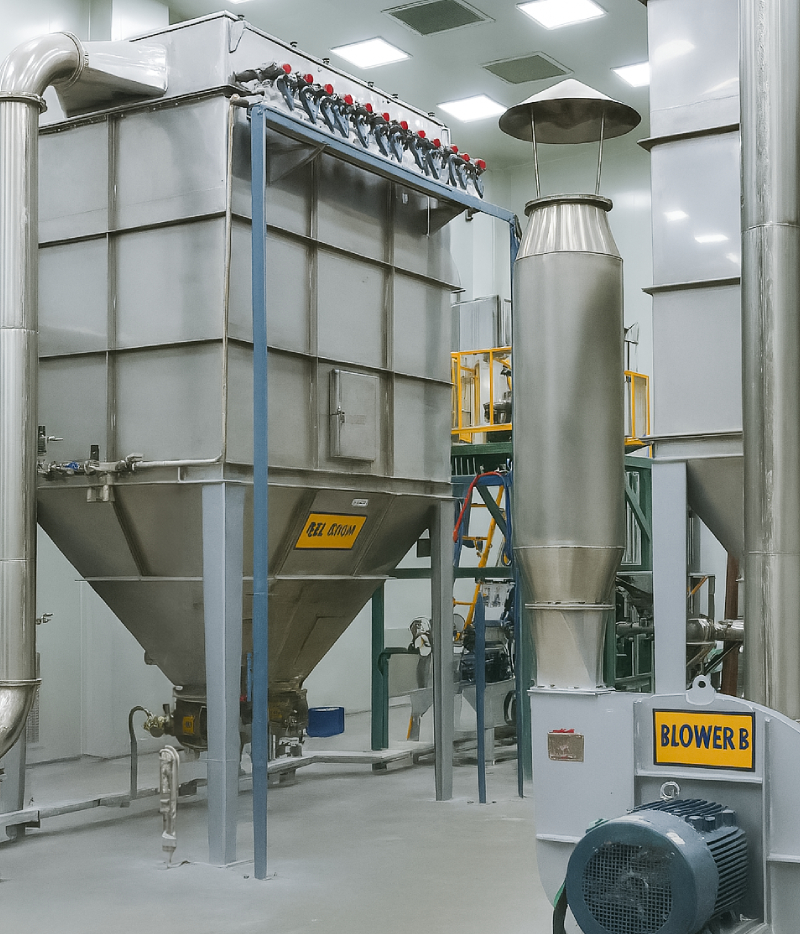
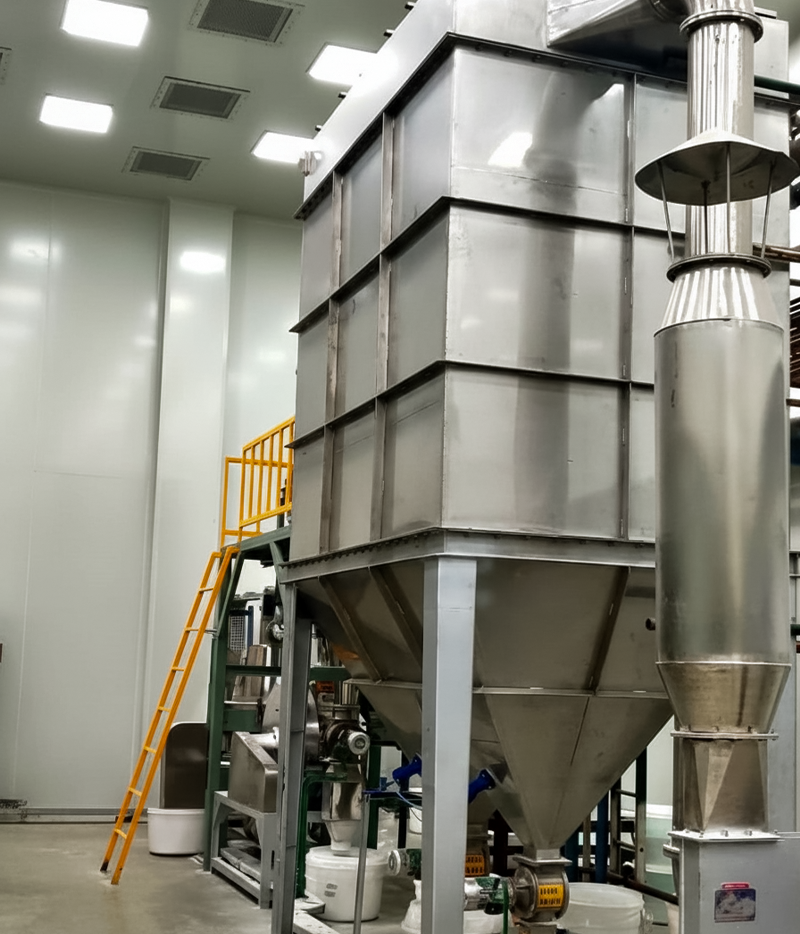
Product Overview
ATEX Bag Filter for Combustible dust collection
Product USP
What Makes TNBi’s ATEX Bag Filter Effective?
Performance
Designed for High Temp (up to 850°C) & 33 BarG pressure
Compact Design to suit applications
Suitable to handle corrosive environments
MOC options: SS304, SS316, Duplex, MS/CS, Hastelloy C-22, and many more (based on the chemical profile)
All ATEX safety features, like Explosion vent, Explosion Isolation, Antistatic, etc.
Space & Cost Efficiency
Maximised filter area in compact housing
Works under both vacuum and pressure (up to 33 bar)
Designed for horizontal or vertical layouts based on available space
Maintenance & Safety
Pulse-jet automatic cleaning for long filter life
Easy access design – low manpower required
ATEX compliance available for Combustible dust applications
Installation Layout
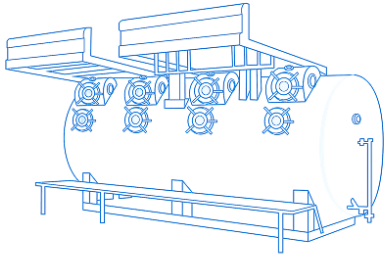
Use Cases
Reliable Filtration Across Dust-Intensive Operations

Grinding & Milling Dust Collection
Efficient dust collection from cement, lime, and mineral mills.

Dry Powder Handling & Conveying
Dust removal in batching, bagging, and pneumatic conveying systems.

Boiler & Furnace Emission Control
Post-combustion particulate capture in power and process plants.

Product Recovery Systems
Capture valuable fine powders in paint, pigment, and pharma industries.

Process Dust Control
From mixing, blending, drying, and material transfer points.

Complement to Cyclone Separators
Used as a secondary filter after TNBi’s Cyclone for finer dust control.
Challenges vs TNBi's Solutions
How Does It Solve Clogging, Downtime, and Dust Escape?

“Too much downtime due to manual dust removal”
Automated pulse jet cleaning for continuous operation

“Space constraints in plant layout”
High filter area in a compact space

“Bag filters choking frequently”
Secondary filtration after TNBi Cyclone reduces choking
Case Studies
Proven in the Field
Bag Filter Retrofit Boosts Mill Efficiency by 50%
Result
- Capacity increased to 75% (50% boost)
- No choking for over a month
- Maintenance time was reduced by 85%
- Stable fan load and quieter operation
Custom-Built Filtration Systems for Your Dust Profile
Industry Application
Trusted Across Industrial Sectors to remove Dust from Gas

Steel & Non-Ferrous Metallurgy
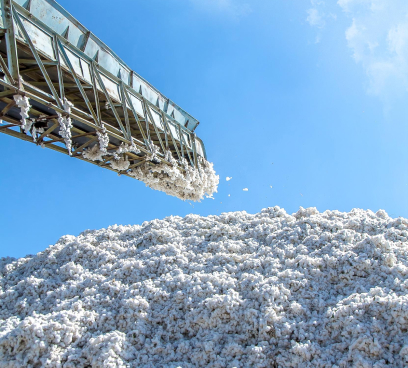
Paper, Pulp & Textiles
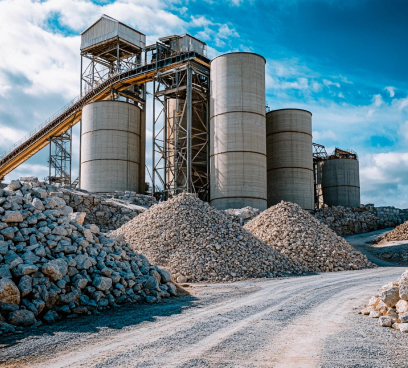
Cement & Minerals

Solvent Extraction
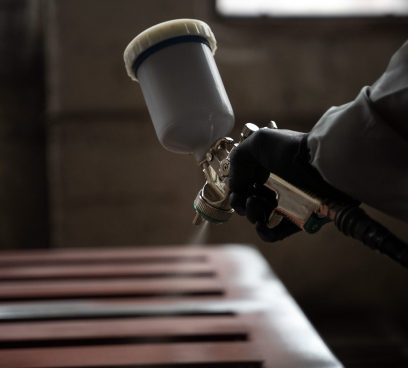
Paints, Pigments & Dyes
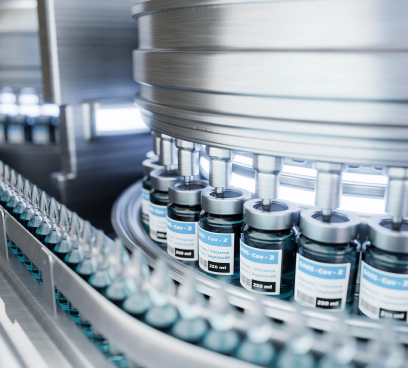
Drugs & Pharmaceuticals

Soaps, Detergents & Waxes
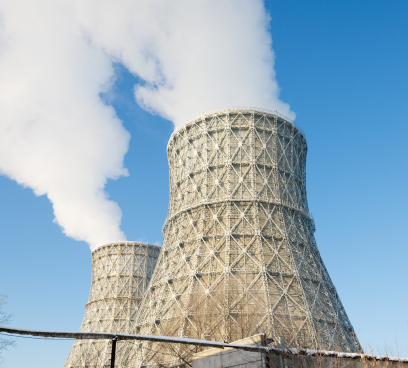
Power & Energy

Food, Agro & Tobacco
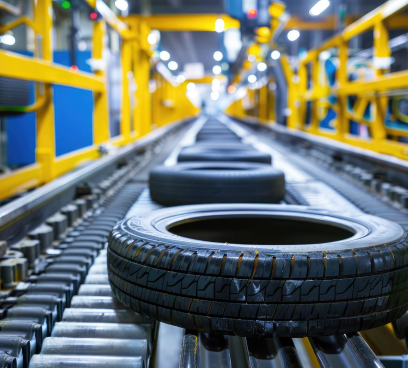
Tyres & Rubber

Breweries & Distilleries

Wood Processing
Technical Specifications Table |
|
|---|---|
| Parameter | Specification |
| Filter Media | Woven or nonwoven fabrics (as per dust type) |
| Pressure Range | Vacuum to 33 bar |
| Dust Discharge Options | Rotary air lock, knife gate, double flap valve |
| Output Stream | Coarse discharge + Fine to Cyclone / Bag Filter |
FAQ's
Frequently Asked Questions
Selection Criteria for ATEX bag filter?
Start with your dust characteristics (combustible risk, particle size, loading), required air volume, temperature (up to 260 °C), and pressure (up to 33 bar). Then consider site constraints (horizontal/vertical layout), automation (pulse-jet cleaning), and required ATEX conformity for explosive atmospheres.
TNBi states that ATEX compliance can be offered, which means protection measures (e.g., explosion venting/isolation, antistatic design) are selected per risk assessment under the ATEX framework.
What are the benefits of an ATEX Bag Filter compared to other types of bag filters?
For areas handling combustible dust, an ATEX-compliant unit provides risk-appropriate explosion protection and documented conformity, something a other types of bag filter units don’t guarantee.
With TNBi, you also get pulse-jet automatic cleaning, compact design with high filter-area utilization, and the ability to handle large gas flows while operating up to 260 °C and 33 bar. This combination improves safety, uptime, and compliance in hazardous zones.
